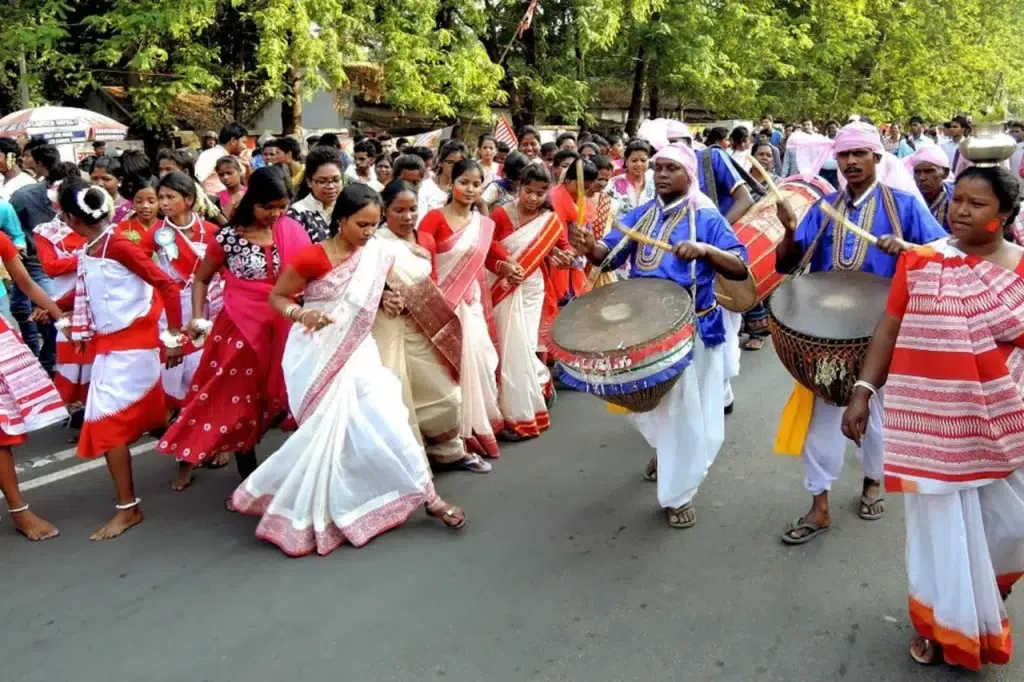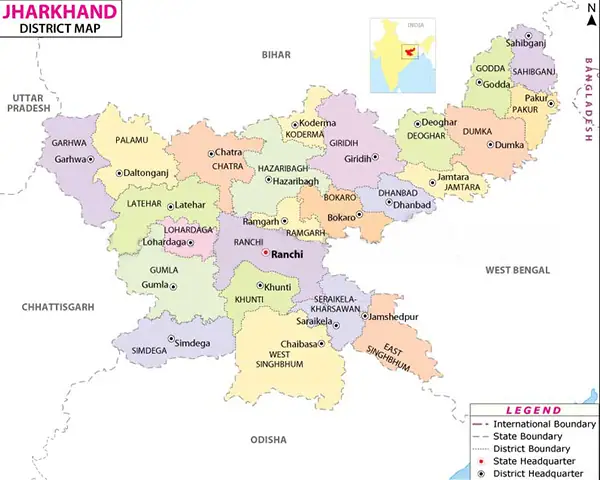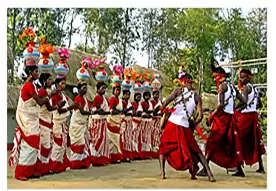Jharkhand Economic Survey 2020-21 : Chapter 2 Fiscal Development And State Finances
Receipts
- The total receipt of the state has increased at an average annual rate (CAGR) of 12.1 per cent between 2014-15 and 2019-20 (P).
- The revenue receipt has increased at the rate of 13.1 per cent and the capital receipt at the rate of 7.8 per cent between 2014-15 and 2019-20.
- In the current financial year (2020-21 (BE) the total receipt of the state is estimated to be 22.1 per cent more than the actual receipt of last year.
- The revenue receipt is estimated to increase by 28.9 per cent and the capital receipt is estimated to contract by 10.2 per cent.
Expenditures
- The expenditure of the state has matched the total receipts of the state.
- Regarding the expenditure on plans/schemes and expenditure on establishment the former has grown faster than the latter.
- While the expenditure on schemes/plans grew at the average annual rate (CAGR) of 14.9 per cent in this period, the expenditure on establishment grew at an average annual rate (CAGR) of 9.3 per cent only.
Deficit position of the state
- The excess of the expenditure of the state over its total receipts has been financed by fiscal deficit.
- The fiscal deficit of the state has mostly remained within the limits set under FRBM.
- Except for the three years from 2015- 16 and 2017-18, fiscal deficit has remained less than 3 per cent of the nominal GSDP of the state.
- The fiscal deficit of the state decreased by about 44 per cent in the year 2018-19 from that of the year 2017-18.
- As a result, it came down 2.23 per cent of the GSDP in 2018-19 and 2.45 per cent of the GSDP in 2019-20. It is estimated to be 2.59 per cent of the GSDP in 2020-21 (BE) – which is well within the FRBM limit.
Debt Sustainability
- The net borrowing of the state has remained below the borrowing ceiling of the state.
- Except for the budget estimates of the current financial year (2020 BE), the debt-GSDP-ratio has remained less than 30 per cent and the interest-revenue-receipt ratio less than 10 per cent.
- The debt of the state thus, is sustainable.
The Fifteenth Finance Commission And Jharkhand
The criteria and their weights recommended by FC-XV for horizontal devolution are given below:
| Criteria | Weights (%) |
| Population (as per 2011 census) | 15.0 |
| Area | 15.0 |
| Forest and Ecology | 10.0 |
| Income Distance | 45.0 |
| Demographic Performance | 12.5 |
| Tax Efforts | 2.5 |
- On the basis of these criteria, the share of Jharkhand was decided as 3.313 of the total devolutions to the states. Besides the sharing of central taxes, the FC-XV recommended grants-in-aid of Rs. 813 crores to the local bodies, Rs. 189 crores for disaster management and Rs. 312 crores for nutrition to Jharkhand for the year 2020-21.
- The FC-XV in its final report (2021-2026) recommended the same 41 percent of vertical devolution and the same criteria for sharing of the divisible pool among the states.
- The share of Jharkhand in the total devolution of the state decreased to 3.307 in the final report of FC-XV.
- This happened because of decrease in the weight for forest and ecology, income distance and tax effort.
- Besides the sharing of the central taxes, the FC-XV recommended grants-in-aid of Rs. 3367 crores to the urban local bodies and Rs. 6585 to the rural local bodies, Rs. 4182 cores (Rs. 3138 cneter’s share and Rs.1044 state’s share) for disaster management and Rs. 2370 for health, Rs. 179 crores for higher education, Rs. 677 crores as an incentive for agricultural performance, Rs. 966 crores for PMGSY roads, Rs. 275 crores for Judiciary and Rs. 48 crores for statistics to Jharkhand for the period 2021 to 2026. It also recommended state specific grants of Rs. 1300 crores to Jharkhand for the development of tourism, renewal energy and Baidynath Dham.
Also refer :
- Top 50 Science MCQs For Competitive Exams
- Know About The Different Financial Sector Regulators In India
- For Jharkhand Economic Survey 2020-21: Chapter 1, Click here.





